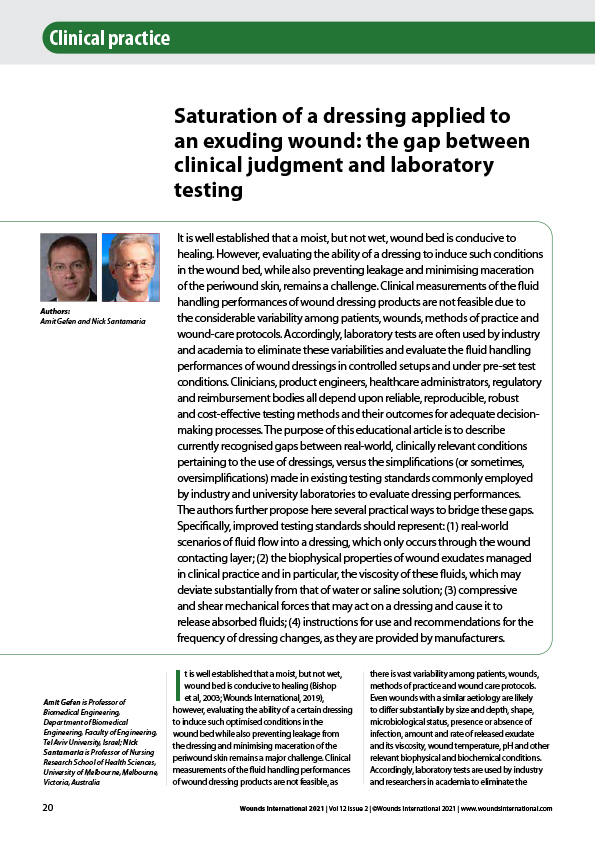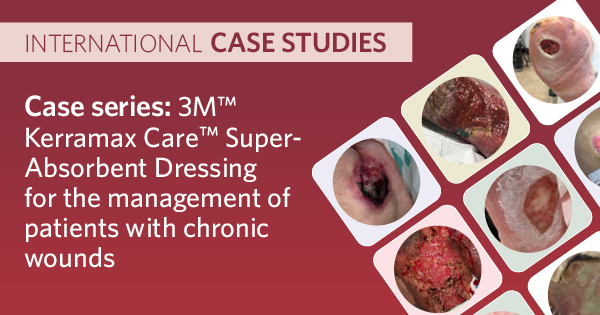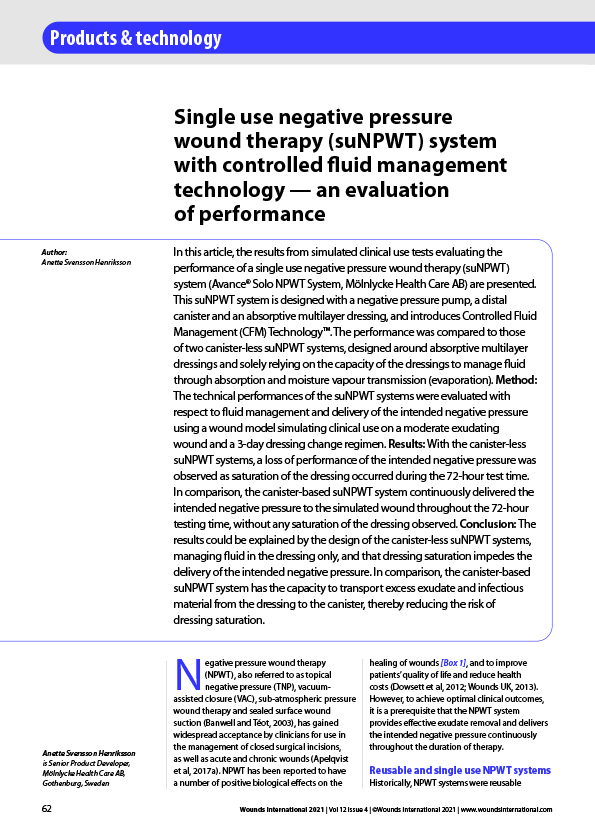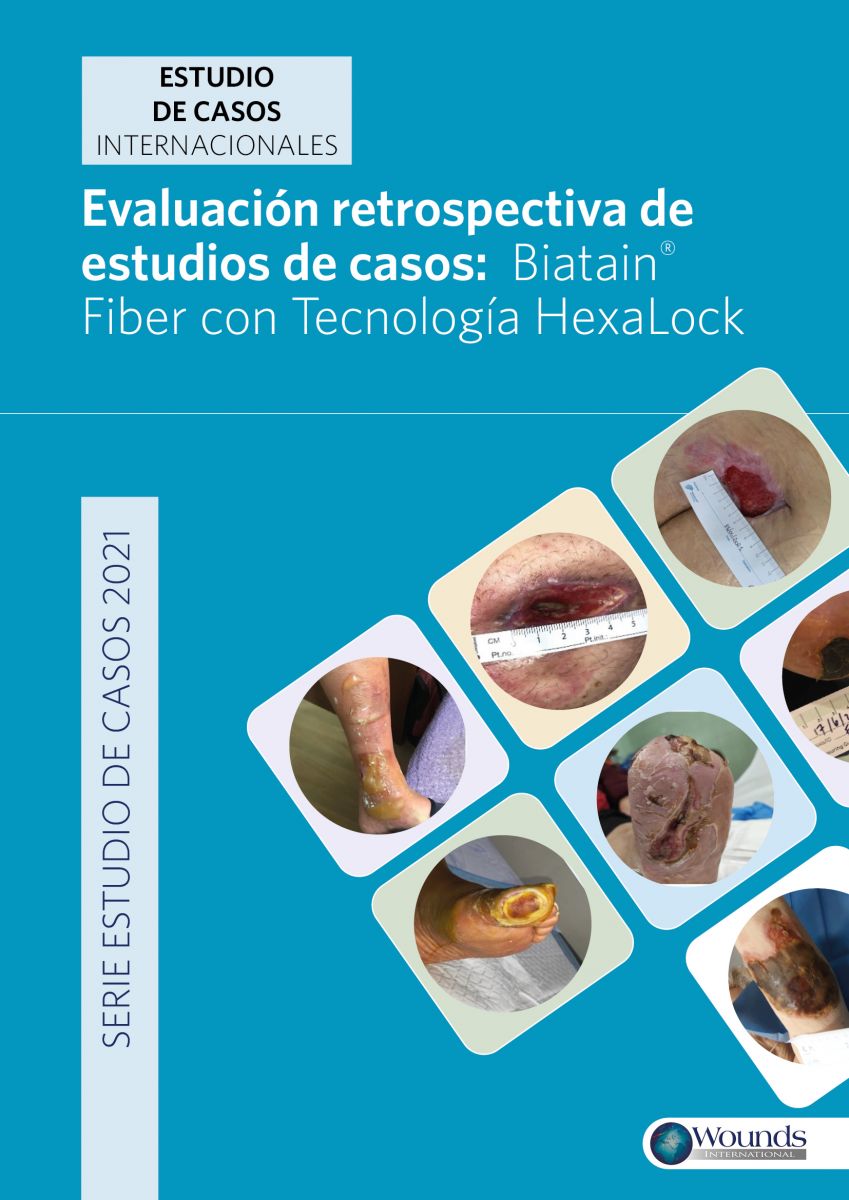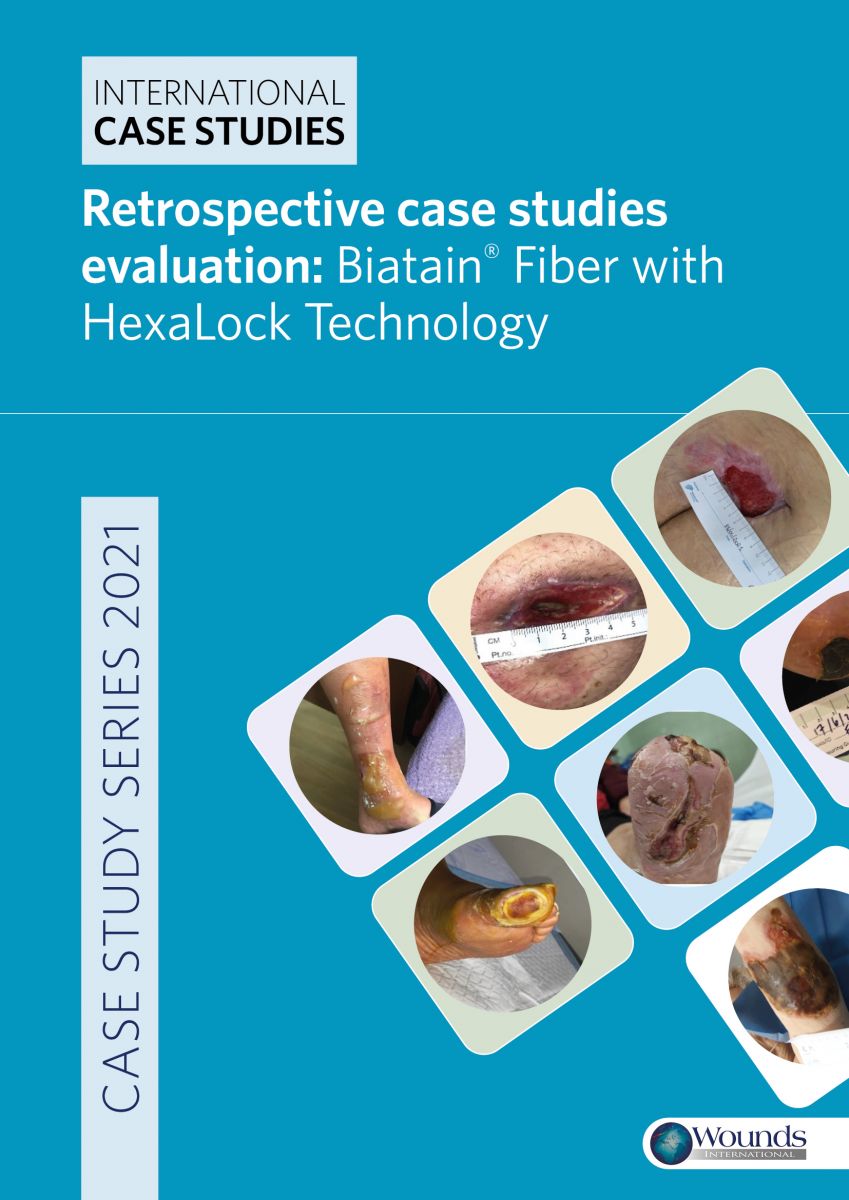It is well established that a moist, but not wet, wound bed is conducive to healing. However, evaluating the ability of a dressing to induce such conditions in the wound bed, while also preventing leakage and minimising maceration of the periwound skin, remains a challenge. Clinical measurements of the fluid handling performances of wound dressing products are not feasible due to the considerable variability among patients, wounds, methods of practice and wound-care protocols. Accordingly, laboratory tests are often used by industry and academia to eliminate these variabilities and evaluate the fluid handling performances of wound dressings in controlled setups and under pre-set test conditions. Clinicians, product engineers, healthcare administrators, regulatory and reimbursement bodies all depend upon reliable, reproducible, robust and cost-effective testing methods and their outcomes for adequate decisionmaking processes. The purpose of this educational article is to describe currently recognised gaps between real-world, clinically relevant conditions pertaining to the use of dressings, versus the simplifications (or sometimes, oversimplifications) made in existing testing standards commonly employed by industry and university laboratories to evaluate dressing performances. The authors further propose here several practical ways to bridge these gaps. Specifically, improved testing standards should represent: (1) real-world scenarios of fluid flow into a dressing, which only occurs through the wound contacting layer; (2) the biophysical properties of wound exudates managed in clinical practice and in particular, the viscosity of these fluids, which may deviate substantially from that of water or saline solution; (3) compressive and shear mechanical forces that may act on a dressing and cause it to release absorbed fluids; (4) instructions for use and recommendations for the frequency of dressing changes, as they are provided by manufacturers.

